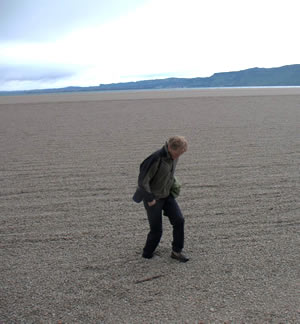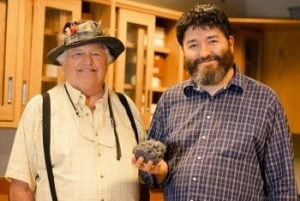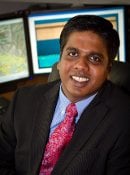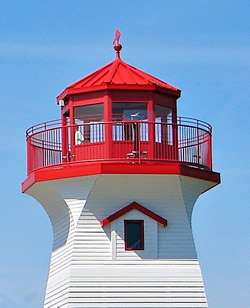Shiliang Wu (GMES/CEE) was quoted in the story “Climate change, inversions, and the rise of ‘super pollution’ air events,” in Environmental Health News. The story was run on several outlets including The Daily Climate.
PITTSBURGH—Residents of the Mon Valley, a cluster of townships along the Monongahela River 20 miles south of Pittsburgh, Pennsylvania, endured some of the stinkiest and most polluted air in the nation this Christmas.
Some experts say that trend is likely to continue, and that cities around the world could see an influx of similar “super pollution events” as Earth continues to warm.
“For the last at least 60 years we have data for, we can clearly see a trend of increasing temperature inversions in midlatitude regions,” Shiliang Wu, an atmospheric chemist and associate professor at Michigan Technological University, told EHN. “I believe this trend will continue in the coming decades, which will likely lead to an increase in extreme air pollution episodes.”
Read more at Environmental Health News, by Kristina Marusic.
In the News
Shiliang Wu (GMES/CEE) was quoted in the article “Climate change has led to more temperature inversions and the rise of ‘super pollution events,’ in GreenBiz.









